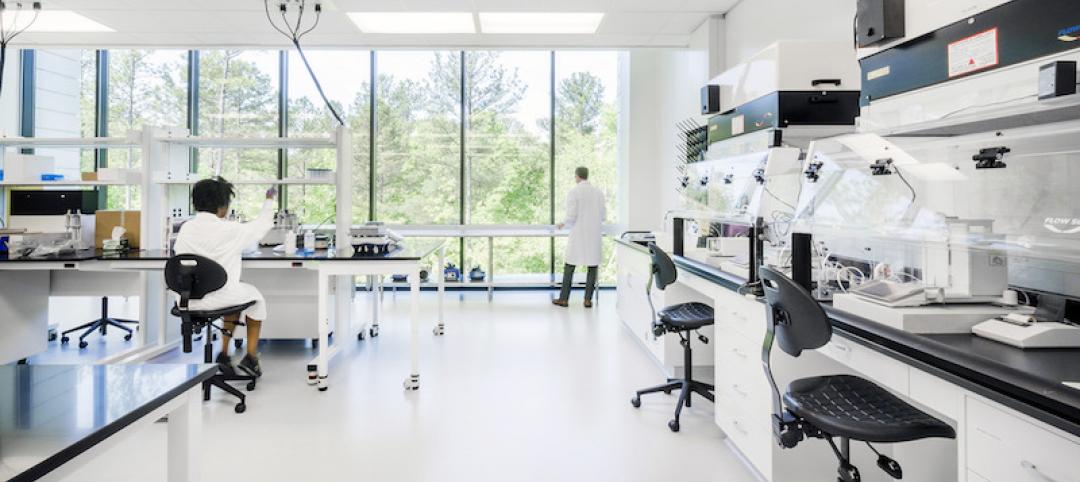When earthquakes occur, it is the older buildings that often collapse first because they are not engineered to resist powerful earthquake forces. Those newer buildings, however, that look structurally sound often sustain non-structural damage that, despite appearances, can become unusable. This is what happened last week in Christchurch, resulting in many buildings that can no longer be occupied.
Last week our firm sent in an investigative team of structural engineers to assess the damage to Christchurch. As engineers, what we found was quite shocking but not unexpected: 30-50% of buildings constructed of unreinforced masonry (URM) sustained severe damage or collapsed. By comparison, the total damage in Port-au-Prince, Haiti as a result of last year’s earthquake was less from a percentage standpoint than what was experienced in downtown Christchurch last week. Several older non-ductile concrete buildings (existing structures that fail in a brittle manner under the load of an earthquake) have also been severely damaged or collapsed.
These findings provide proof that countries and cities that do not have mandatory retrofit ordinances for hazardous buildings are exposed to tremendous risk – not only in New Zealand, but everywhere else in the world.
Our team also observed that many, newer buildings experienced significant non-structural damage, which is dangerous for building inhabitants and greatly impacts functionality and business continuity.
People in cities situated in areas of high earthquake risk may have a false sense of security because they do not fully understand the intent of most building codes and equate code compliance to mean earthquake-proof. In fact, even in advanced earthquake engineering countries such as New Zealand, the US and Japan, most building codes are minimum guidelines for “life safety” only and have often proven to be inadequate for building sustainability, and at times, survivability.
Buildings must be better designed for disasters. Mandatory URM and non-ductile concrete structure retrofit ordinances must be put in place to save lives. And high-performance earthquake engineering must be practiced for sustainability of new buildings so they can support continued functionality of cities after a disaster. This must be done worldwide.
Together with my team, I have spent the past 13 months in Haiti working with the Ministry of Public Works, the United Nations and the Pan American Development Foundation assisting Haitian engineers to assess the damage to 400,000 buildings and repair 2,000 damaged houses as a USAID pilot project. The tragedy has to be experienced to be understood. Hiroshima is one of the great disasters of the twentieth century and has a firm place in our historical imaginations. The bomb killed 200,000 people. Yet, in terms of the loss of human life, Haiti’s earthquake caused even greater loss – over 230,000 lives.
The unfortunate truth is that engineers have predicted major earthquakes in Christchurch and Port-au-Prince for years. Of course, we could not say when but we knew there was a high probability of another earthquake. Little was done by the respective governments or the private sector. How distressing to realize that with proper engineering, much of the loss of life, structural damage and financial loss could have been reduced significantly.
Today, we know enough about constructing seismic-resistant buildings that allow them to withstand large earthquakes, protect their inhabitants and allow businesses to continue functioning. That said, today’s earthquake damage repair technology has also advanced so that in the next 24 months 100,000 homes in Haiti can be repaired with local materials and masons so that they are safer than before and can be reoccupied by their inhabitants, allowing them to leave the terrible conditions in the tent cities.
Preparing for disasters is not difficult. Responsible governments, the private sector and residents must act on the knowledge that these events can be anticipated and preparations must be made for their eventual occurrence, thereby saving lives and minimizing damage.
Dr. Miyamoto is President and CEO of Miyamoto International, a global earthquake and structural engineering firm.
Related Stories
3D Printing | Dec 7, 2018
Additive manufacturing heads to the jobsite
Prototype mobile 3D printing shop aims to identify additive manufacturing applications for construction jobsites.
Architects | Sep 14, 2018
We’ve entered the golden age of brain science. What does it mean for AEC firms?
New research from the SMPS Foundation explores the known principles and most recent research surrounding the human brain and behavioral science. The goal: to discover connections between the science and the AEC business.
Engineers | Aug 29, 2018
Burns & McDonnell embarks on aggressive growth path
Favorable economic conditions spur plans to bump up hiring significantly over the next several years.
Engineers | Aug 22, 2018
An electrical engineer’s take on designing successful pharmaceutical lab space
Patrick Licklider, PE, CEM, GGP, LEED AP BD+C, an electrical engineer in Clark Nexsen’s Science + technology practice, shares his perspective on what it takes to successfully design laboratory and manufacturing environments for the fast-changing pharmaceutical and biotech industry.
Engineers | Aug 20, 2018
Marketing for engineering firms: 3 reasons to embrace the revolution
Firms who still aren’t embracing the fundamental shift away from traditional marketing techniques stand to fall further and further behind the competition.
Engineers | Aug 10, 2018
N|V|5 Global offers some of its stock for sale to the public
The proceeds could fuel more acquisitions.
Engineers | Aug 7, 2018
AECOM lends financial support to its employees’ volunteer humanitarian efforts
A grant program backs 25 projects in 15 countries.
Architects | Aug 1, 2018
Client experience as competitive advantage for AEC firms
Clients are looking for solutions to their business problems from collaborative advisors. They’ve come to expect a higher level of service and detail than what was provided in the past.
AEC Tech | Jul 24, 2018
Weidt Group’s Net Energy Optimizer now available as software as a service
The proprietary energy analysis tool is open for use by the public.
Building Owners | Jul 17, 2018
Are we facing a new era in Foreign Direct Investment?
The construction industry is already feeling the effects of the recent tariffs, not only with higher steel and aluminum prices, but with higher prices on Canadian lumber.















